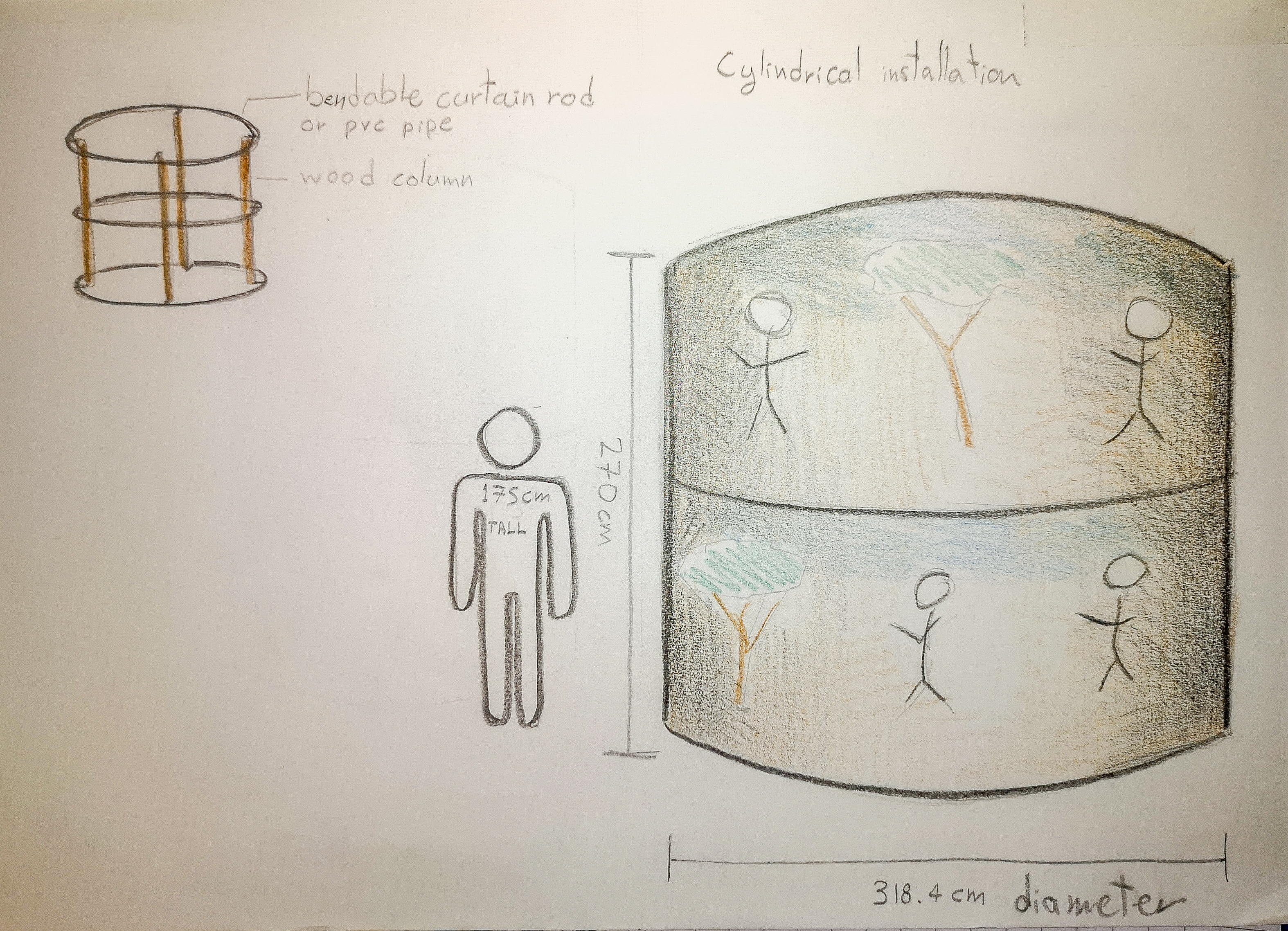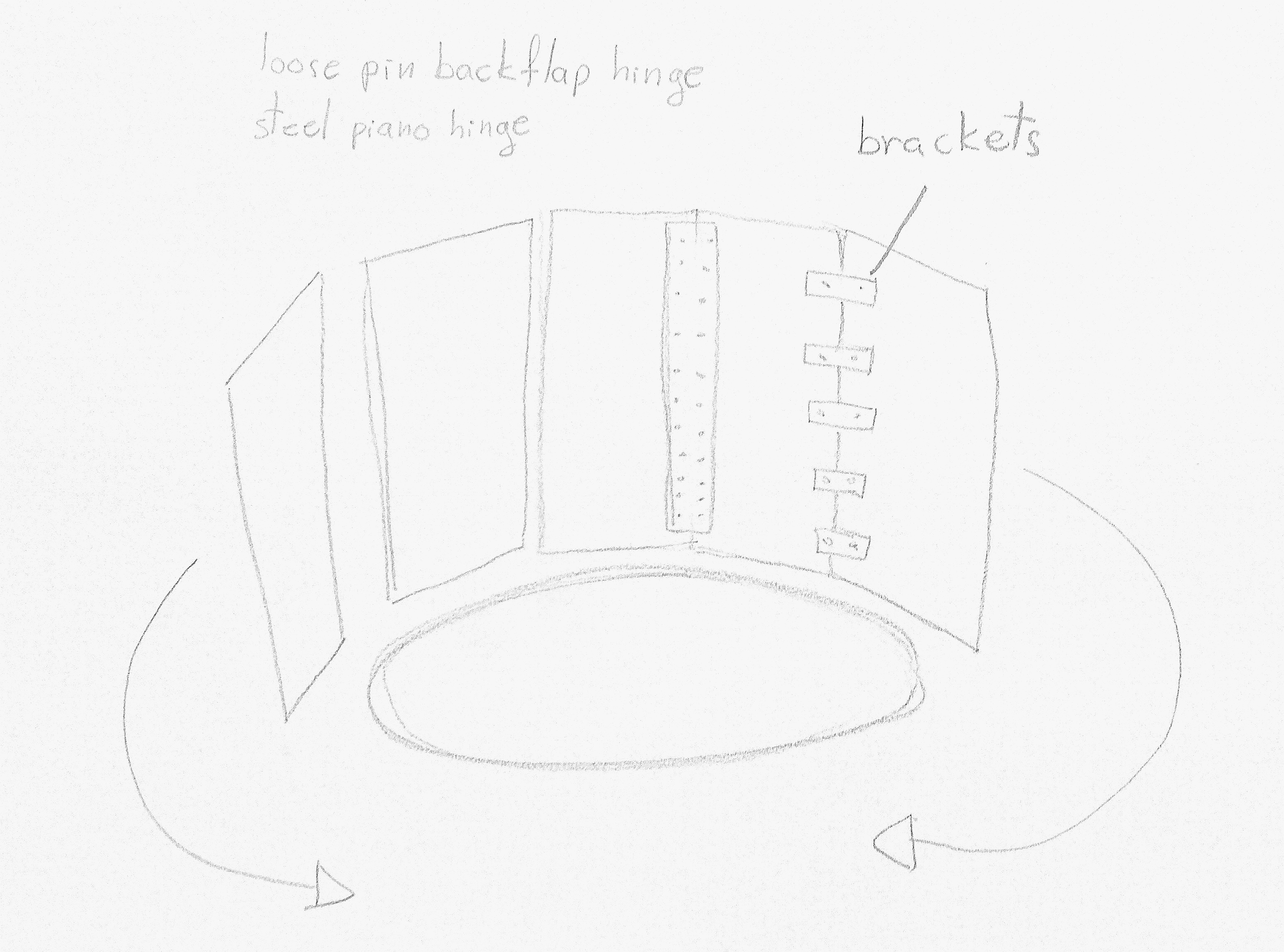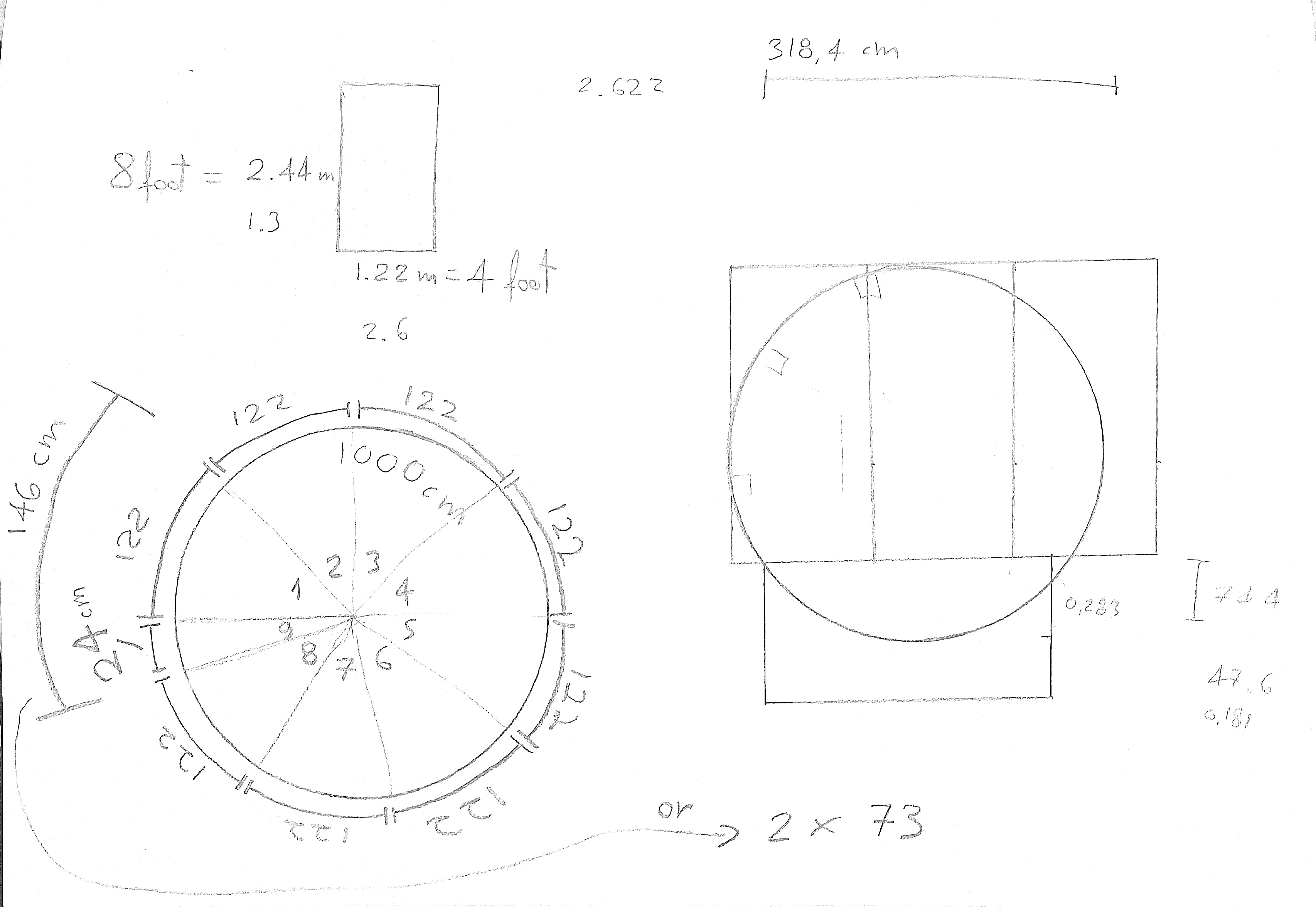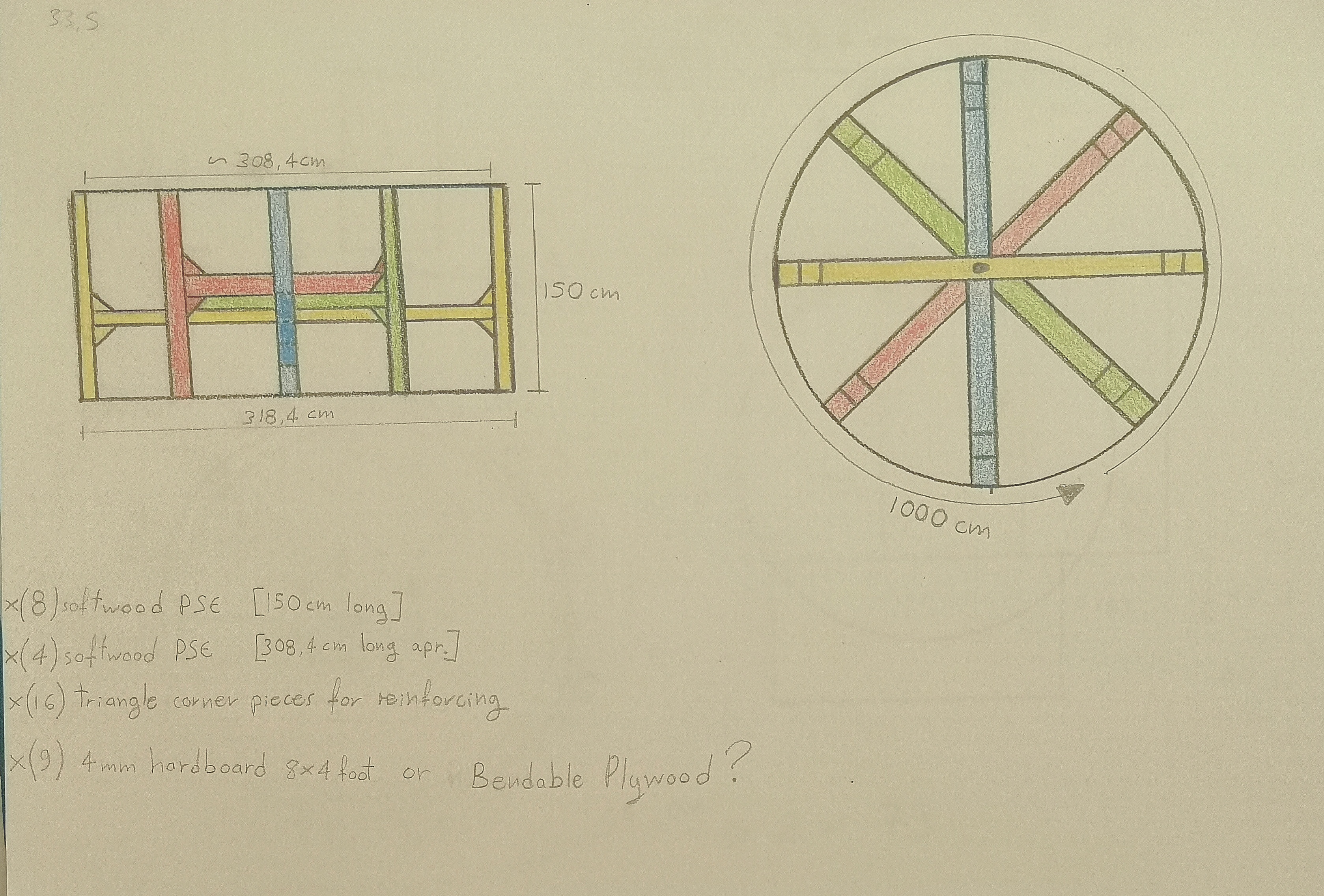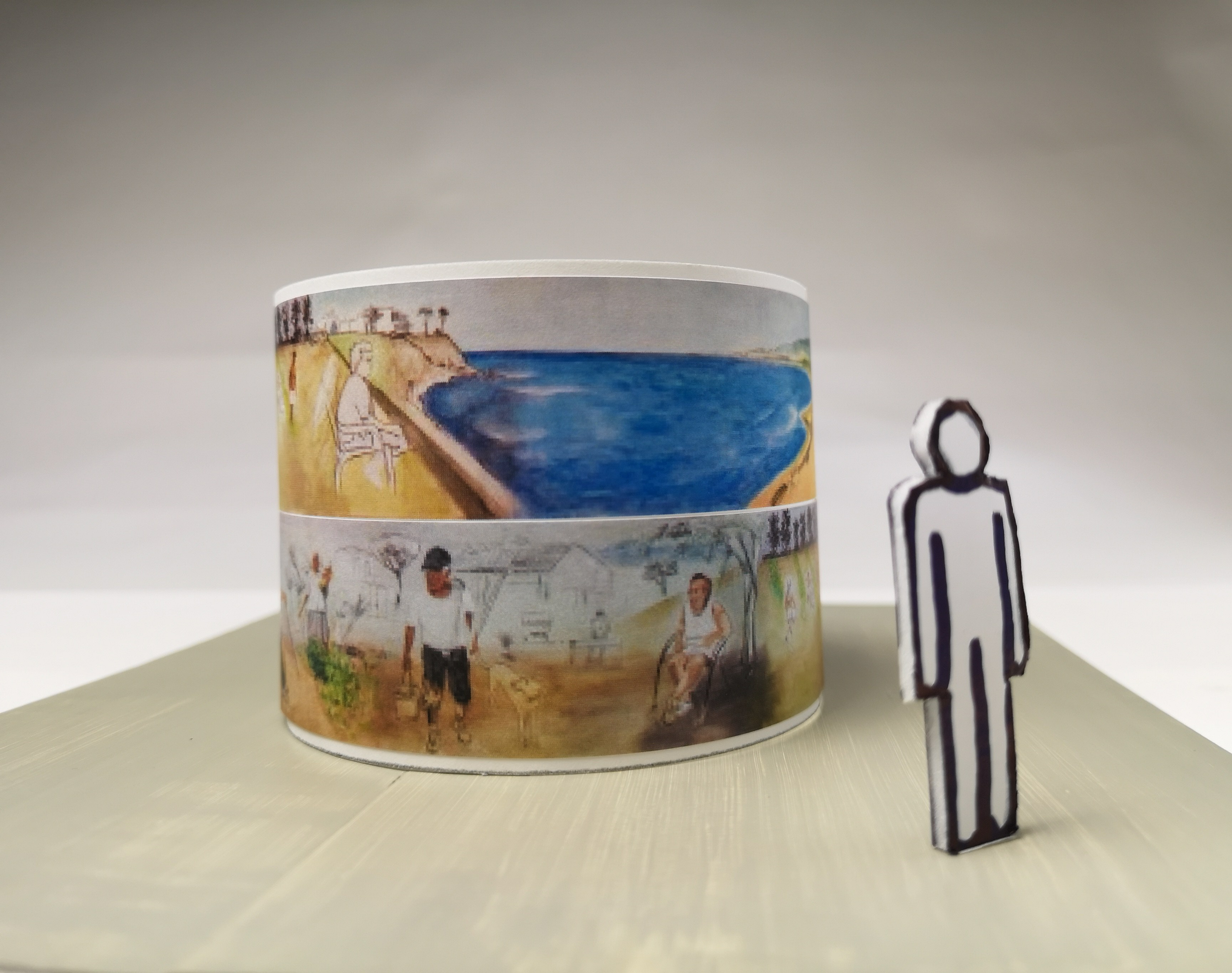1. A brief outline of the kind of work I expect to make for the exhibition and a timescale for its completion.
- October – December: research, photographs, sketches and working on the large canvases
- January – March: finishing my paintings for the degree show and experimenting with different ways of exhibiting my work. Making maquettes in order to have an actual presentation three-dimensional
- March – the degree show: putting everything together for the best possible result
2. Specify any specialist technical assistance you anticipate needing with either the manufacture or display of your work.
I need assistance from the FabLab to pre-cut some materials for me for easier and faster assembly.
3. Specify the type of space (size, walls, daylight, subdued light etc.) that you anticipate needing.
For the circular installation (see images below) I will need a central space of about 16 square meters.
If the daylight is not great in the room (due to the closure of the windows) I might install a few spotlights.
4. If the intended display is complex please include drawn plans or info about how the work will be displayed.
Here’s a photograph of the maquette depicting the installation plan for the degree show.
Maquette of the way of exhibiting:
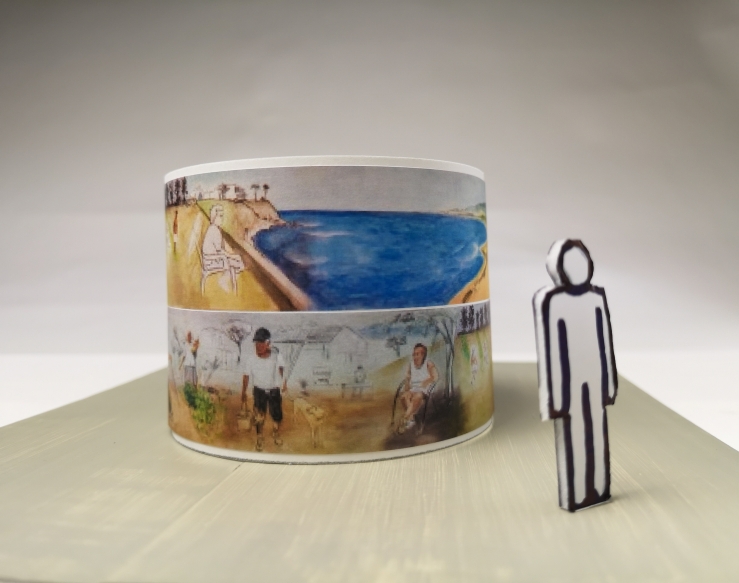
6. List of audio-visual equipment required, if any.
Spotlights in the case the lighting is not sufficient
7. An estimate costing the materials or equipment required for your exhibition.
A meeting with Nigel was made to discuss this display in terms of cost, technical perimeters, timescale, materials, and design.
After agreed in the final concept we calculated the materials needed for this installation and ordered them. The materials are 5 plywood sheets, 4 hardboard sheets, and 6 square softwood PSE. The cost will be around £180.

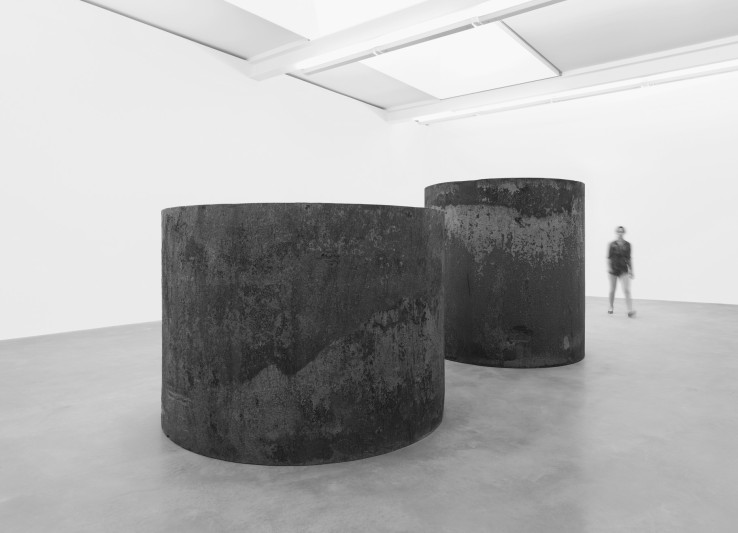 Richard Serra, Rounds: Equal Weight, Unequal Mesure, New York, 2016
Richard Serra, Rounds: Equal Weight, Unequal Mesure, New York, 2016 Adamantios Diamantis, The World of Cyprus, 1967-1972
Adamantios Diamantis, The World of Cyprus, 1967-1972 Claude Monet, Musee de l’Orangerie, Paris, Water Lilies (Nymphéas)
Claude Monet, Musee de l’Orangerie, Paris, Water Lilies (Nymphéas)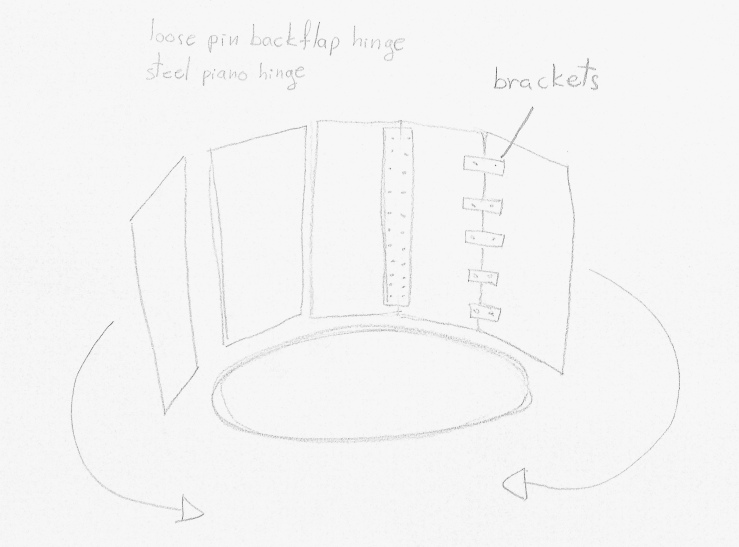
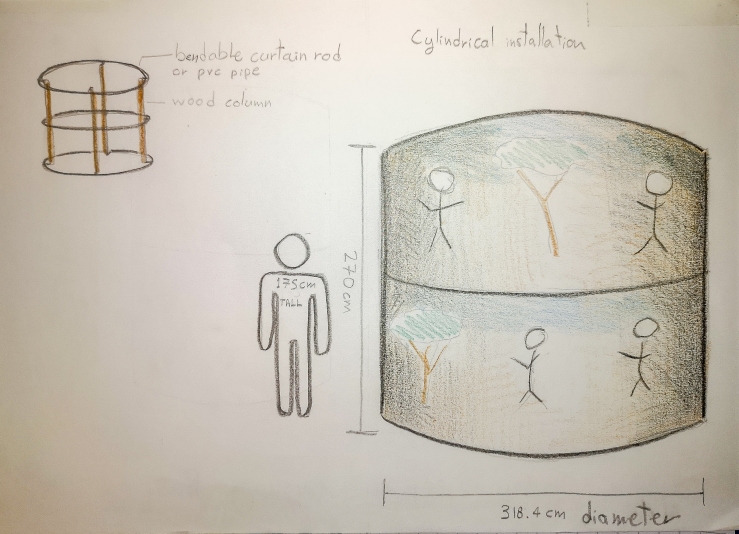
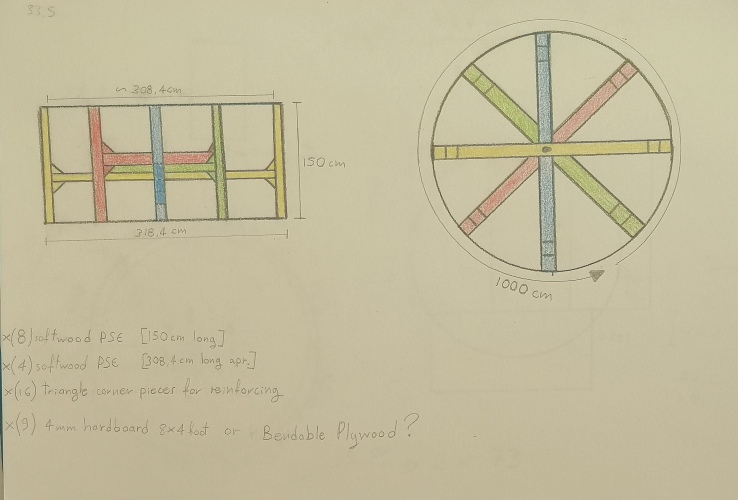
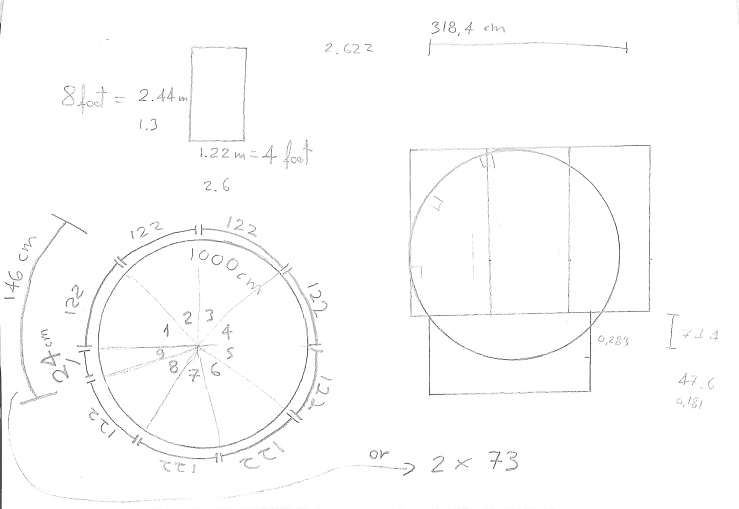


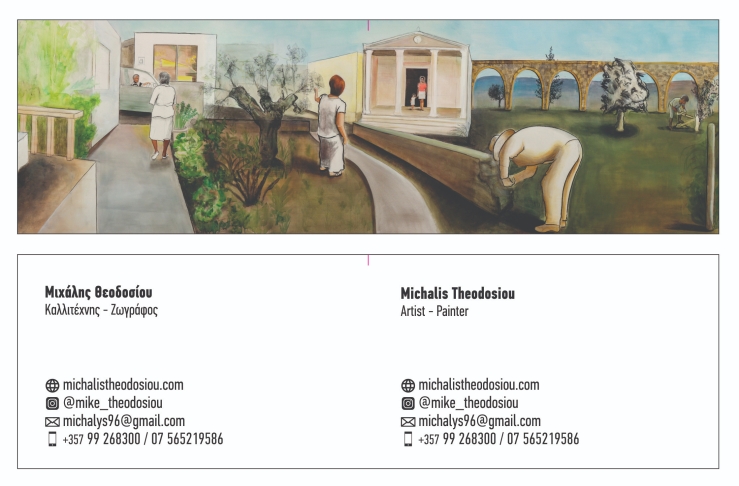
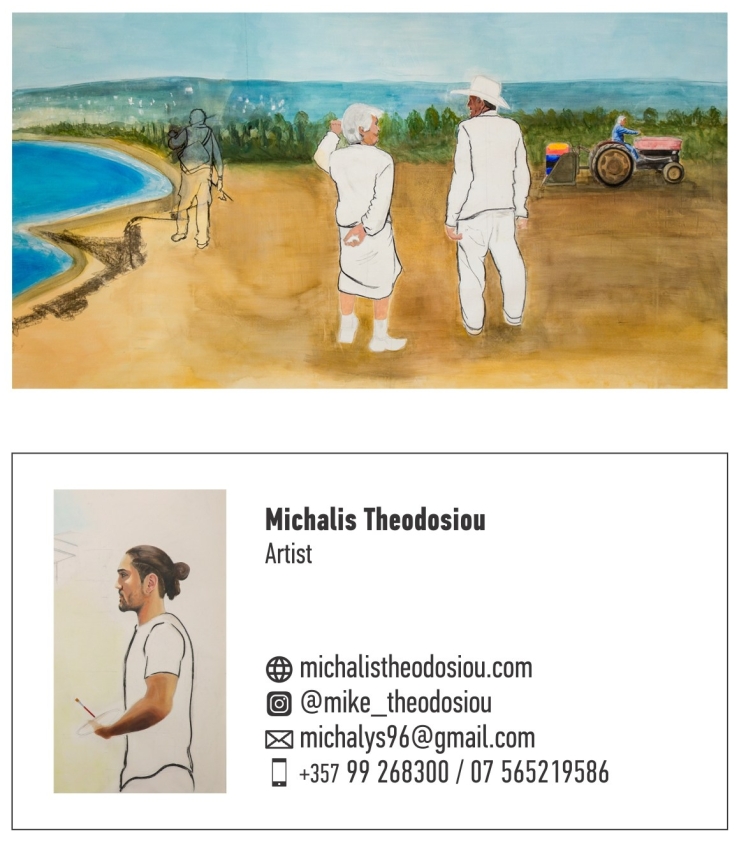
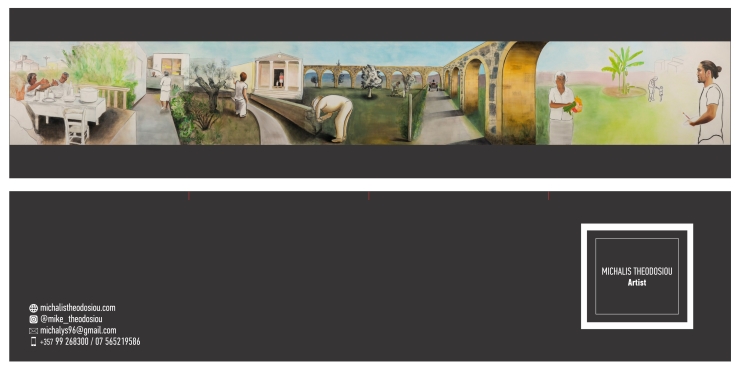
 Adamantios Diamantis, The World of Cyprus, 1967-1972
Adamantios Diamantis, The World of Cyprus, 1967-1972 Claude Monet, Reflections of Clouds on the Water-Lily Pond, c. 1920, 200 × 1276 cm (78.74 × 502.36 inc), oil on canvas, Museum of Modern Art, New York City
Claude Monet, Reflections of Clouds on the Water-Lily Pond, c. 1920, 200 × 1276 cm (78.74 × 502.36 inc), oil on canvas, Museum of Modern Art, New York City Claude Monet, Musee de l’Orangerie, Paris, Water Lilies (Nymphéas)
Claude Monet, Musee de l’Orangerie, Paris, Water Lilies (Nymphéas) Lisa Reihana, 2015-2017, “Emissaries” at New Zealand Pavilion, Venice Biennale, 2017. Courtesy: New Zealand at Venice. (panoramic video in Pursuit of Venus [infected])
Lisa Reihana, 2015-2017, “Emissaries” at New Zealand Pavilion, Venice Biennale, 2017. Courtesy: New Zealand at Venice. (panoramic video in Pursuit of Venus [infected]) Otobong Nkanga, Manifest of Strains (2018), installation view, Artes Mundi 8, National Museum Cardiff, 2018.
Otobong Nkanga, Manifest of Strains (2018), installation view, Artes Mundi 8, National Museum Cardiff, 2018. Leon Golub, Vietnam II, 1922–2004, Acrylic paint on canvas, 2940 x 11515 mm. Tate
Leon Golub, Vietnam II, 1922–2004, Acrylic paint on canvas, 2940 x 11515 mm. Tate
